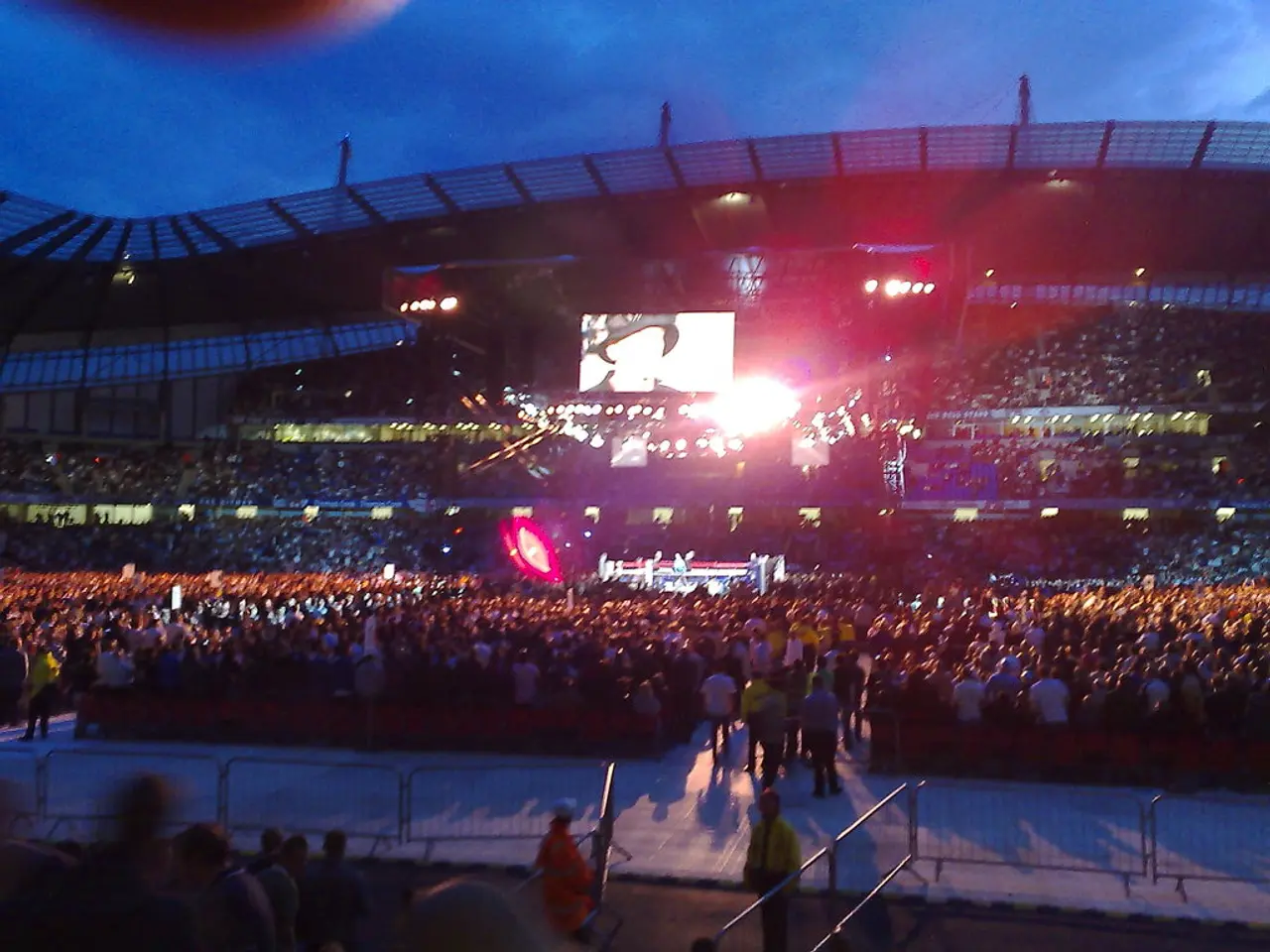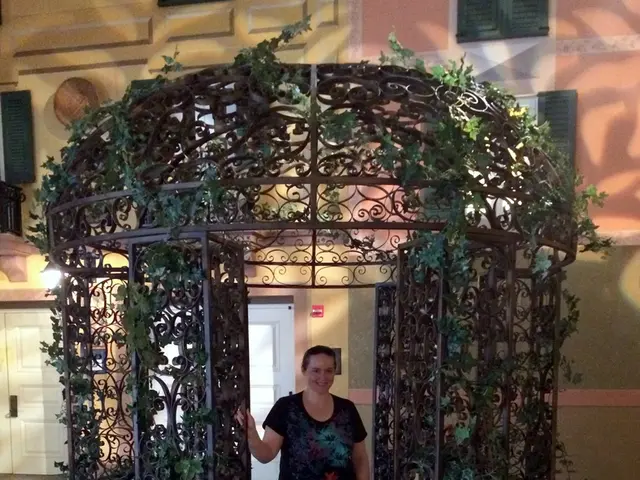Live Performances in Virtual Reality: A Potential New Era for Live Entertainment?
In the ever-evolving world of entertainment, virtual reality (VR) is making waves, particularly in the realm of live music. This innovative technology is transforming the way fans experience concerts, offering a unique blend of interactivity, global accessibility, and imaginative possibilities.
With VR concerts, fans can move around digital spaces, watch performances from various angles, and even interact with other avatars in the crowd. As VR technology continues to improve, the possibilities are endless. Fans could soon shape setlists, customize visuals, or even "jump on stage" alongside their favourite artists.
The future of live music is poised to be more virtual, more global, and more imaginative than ever before. However, whether VR concerts become a mainstream alternative or remain a niche experience depends on how seamlessly technology can recreate or reinvent the emotional highs of live music.
For some, VR concerts are a practical solution, offering the convenience of no travel, no lines, and no pricey tickets. For others, they represent a creative frontier, a chance to explore new dimensions of music culture.
Fans are drawn to VR concerts not only for the convenience but also for the opportunity to experience virtual venues ranging from intimate clubs to massive stadiums. VR concerts also provide access to performances that might otherwise be unattainable due to geography, cost, or sold-out venues.
For musicians, VR concerts offer new creative possibilities. They can design stages that defy physics, incorporate visual effects impossible in real life, or perform in fantastical locations. Some VR platforms enable artists to perform live in motion-capture suits, while others blend pre-recorded visuals with real-time effects.
Artists who have embraced this new medium include the Mahler Chamber Orchestra, which created an immersive VR experience allowing the audience to move through the orchestra while hearing each instrument distinctly. Well-known artists like deadmau5 and Evanescence have also performed in virtual concerts on the Soundscape VR platform.
However, VR concerts are not without their challenges. Expensive headsets and stable internet remain technical barriers to accessibility. The emotional highs of live music are a challenge for VR to recreate or reinvent. Despite these hurdles, VR concerts can offer a safer, more inclusive space for people with disabilities and those who prefer smaller crowds.
Hybrid concerts, where fans attend in person and others join virtually, are gaining traction. This blended approach expands the audience while keeping the heart of live performance alive. VR concerts also provide artists with new revenue streams, including ticket sales, merchandise, and VIP digital meet-and-greets.
In conclusion, the advent of VR technology in live music is carving out a new corner of music culture. While it may not fully replace the feeling of standing shoulder-to-shoulder in a stadium, it's undeniably offering fans and artists a unique, immersive, and convenient way to experience music. As technology continues to improve, it's exciting to imagine what the future holds for this burgeoning industry.
Read also:
- Impact of Alcohol on the Human Body: Nine Aspects of Health Alteration Due to Alcohol Consumption
- Understanding the Concept of Obesity
- Tough choices on August 13, 2025 for those born under Aquarius? Consider the advantages and disadvantages to gain guidance
- Microbiome's Impact on Emotional States, Judgement, and Mental Health Conditions







